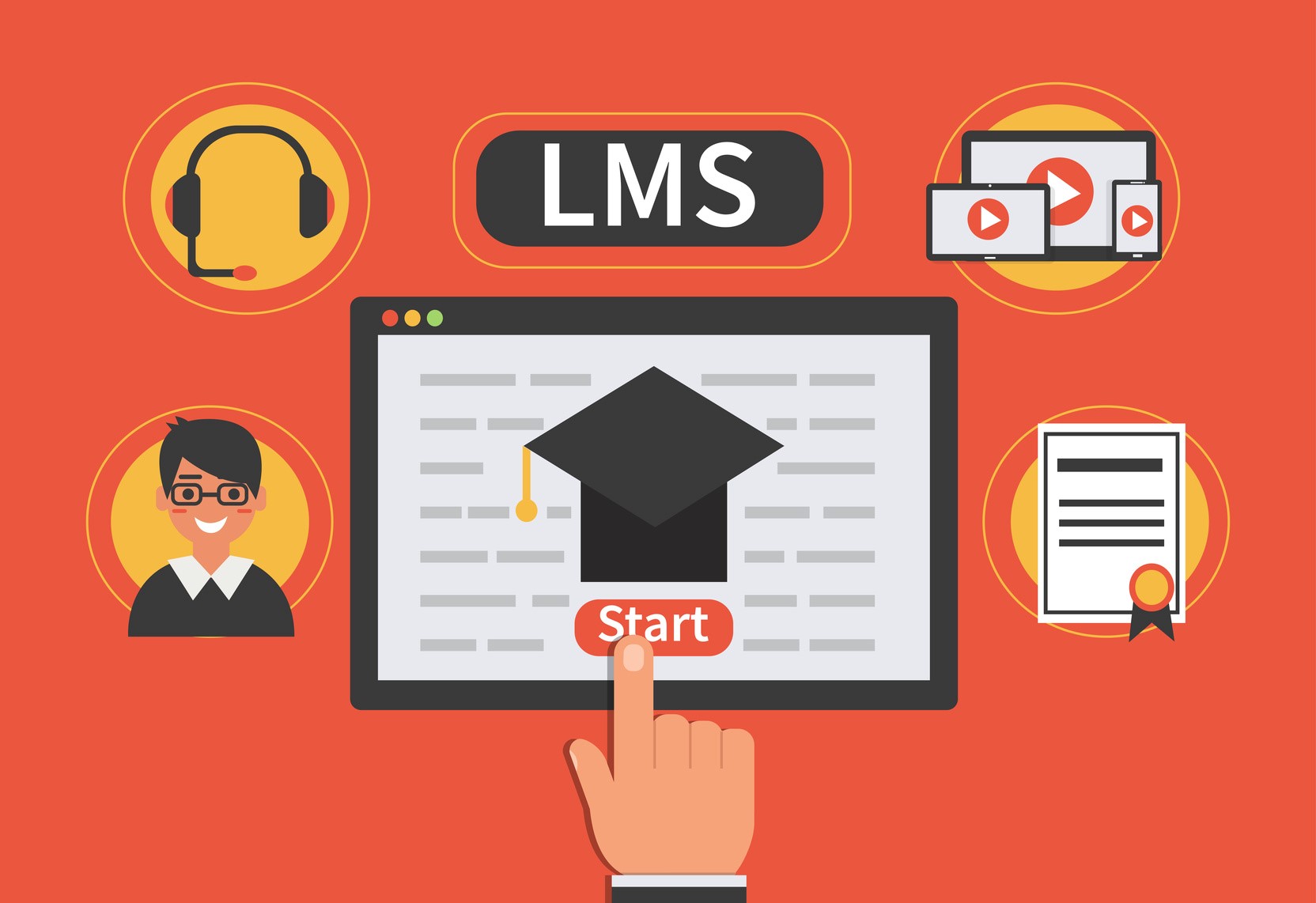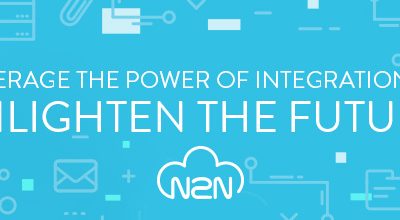How Learning Management Systems Have Evolved Over The Years

Learning management systems have become essential to higher education institutions since their inception. Among other functions, LMS allow students and professors to communicate, assign and complete homework, and report and check grades—all through one application on their phone, tablet, or laptop. The change that LMS has brought to class management and learning is huge, but it didn’t happen all at once.
Learning management systems have evolved a great deal over the years, from the humblest of beginnings to the powerful, multi-functional LMS that most students use today.
In their most basic form, LMS began in 1960 with the PLATO program at the University of Illinois. Programmed Logic For Automated Operations wasn’t much by today’s standards, but it was the first step down a path that would eventually lead us to today’s advanced LMS.
After PLATO, LMS gradually became more capable and advanced, until FirstClass came out in 1990. This was the real beginning of what we now consider an LMS, using collaborative features that included private email and public forums. FirstClass pioneered much of what we see today in LMS, and it’s still being used in new iterations.
The pace of new innovations began to pick up after the turn of the century, and one of the first new additions to LMS was Moodle in 2002—the first open-source LMS available. It simply had to be downloaded to a home PC, and anyone could start learning using the LMS. Moodle is also still very popular as an open-source LMS.
In 2005, VirtualOnDemand allowed users to train in software programs using just a web browser for the first time—another significant step in the progress toward modern LMS.
Then in 2008, Eucalyptus became the first free, open-sourced, and cloud-based LMS. Run entirely from the cloud, it required no servers or internal networks, marking a monumental change in the technology behind LMS. 2008 was also the same year that mobile access to the internet exceeded desktop access for the first time. As we now know, mobile access to LMS has taken off, as students expect to be able to access grades, messages, homework, and even quizzes from their mobile devices.
In the late 2000’s and early 2010’s, cloud based computing gained even more momentum, and SaaS learning management systems have grown—allowing campuses to use these advanced programs without installing any new in-house systems. And it’s not just LMS that are using the cloud. Many functions that used to be in-house are being transferred to the cloud.
The SaaS revolution has led to campuses adding new apps and systems like LMS, as well as a variety of others. And all of those new, cloud-based apps have to work together with each other, as well as with older, legacy IT systems. If your campus is looking for a way to integrate all of these disparate apps and systems, then contact N2N Services today. We’ll show you how a comprehensive integration platform can help you get the most out of your LMS, and provide your students with the best possible education.


